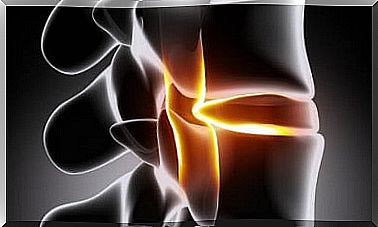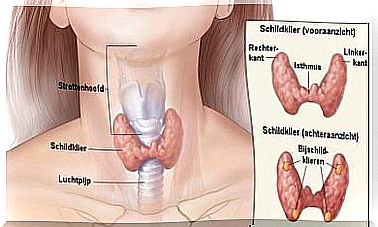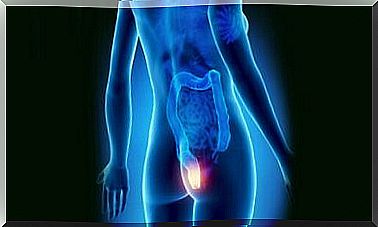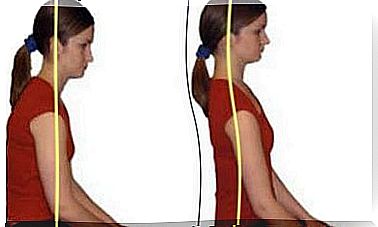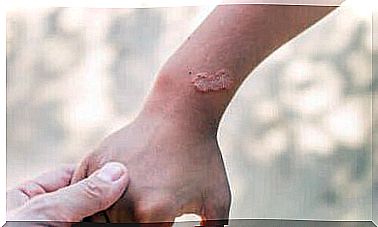Desogestrel: Indications And Side Effects

Desogestrel is a progestogen used as a contraceptive. Progesterone is a natural hormone, usually secreted by the corpus luteum during the second phase of the menstrual cycle and by the placenta during pregnancy.
In addition, the testicles and adrenal cortex also secrete small amounts of progesterone. What are the indications and side effects of Desogestrel? We’ll tell you that below!
Indications of Desogestrel
Desogestrel is the therapeutic option for birth control. There are two main types when it comes to oral contraceptives, namely:
- Combinations of estrogen with a progestin, such as the combined pill.
- Progestin hormonal birth control, such as a progestin-containing pill.
Today, most oral contraceptive formulas contain isolated progestin or desogestrel at a dose of 75 micrograms.
A woman taking Desogestrel should do so daily without interruption. She should take the tablets at about the same time each day so that the interval between the two tablets is always 24 hours.
In the same way, she should take the first tablet on the first day of her period. She should then take one tablet daily without interruption, regardless of the bleeding. She must start a new pack the day after she finishes the previous one.

How does it work?
This medicine mainly works on the cervical mucus, which can then no longer accommodate the sperm. However, it does not always prevent the maturation of an egg, which is the main effect of the combined pill.
Even women who do not tolerate oestrogen and women who are breast-feeding can take Desogestrel, which is not possible with the combined pill.
Possible side effects of Desogestrel
Like all medicines, Desogestrel also has some side effects, namely the following:
- First, irregular vaginal bleeding is one of the most common side effects that can occur. It can be a light stain that doesn’t even require the use of a panty liner. However, the bleeding can also be so intense that it resembles a period, so that you still need a sanitary towel.
- In many cases, however, no bleeding occurs. However, irregular bleeding is not a sign that the contraceptive protection of Desogestrel is diminishing. Consult the doctor if the bleeding is severe or prolonged.
In addition, the frequent side effects associated with Desogestrel (affecting 1 in 10 women) are as follows:
- mood swings or depression
- decreased libido
- headache
- disease
- acne
- sore breasts
- irregular or absence of menstruation
- weight gain
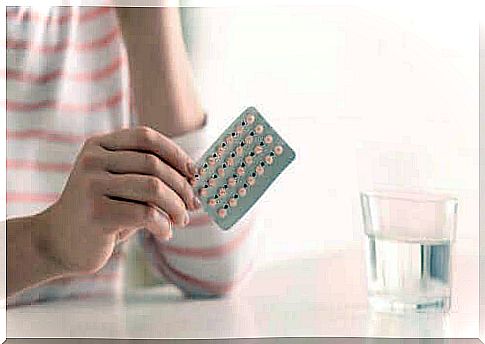
The less common side effects that affect less than 1 in 100 women are the following:
- vaginal infections
- discomfort when wearing contact lenses
- vomit
- hair loss
- menstrual pain
- ovarian cysts
- fatigue
Some women report rare cases of skin problems affecting less than 1 in 1,000 women. These include the following phenomena:
- sores on the skin
- hives
- erythema on the skin
In addition to these adverse effects, there may also be nipple discharge and there are known cases of ectopic pregnancy, ie a pregnancy that occurs outside the uterine cavity.
Side Effects of Desogestrel
So, Desogestrel has a number of side effects, some of which can be serious. So you should always follow the instructions of your gynecologist or doctor and keep in mind that you should not take Desogestrel if:
- you have or had active venous thromboembolic disorder
- if there is a history of severe liver disease
- if there is undiagnosed vaginal bleeding
- in case of hypersensitivity to the active substance Desogestrel or to any of its excipients
If you experience other side effects after taking this pill, consult your doctor.

